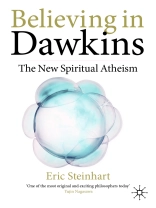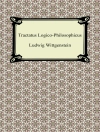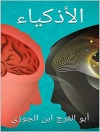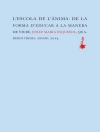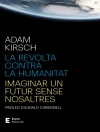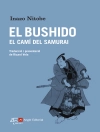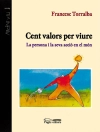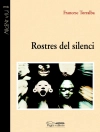Dawkin’s militant atheism is well known; his profound faith less well known
In this book, atheist philosopher Eric Steinhart explores the spiritual dimensions of Richard Dawkins’ books, which are shown to encompass:
· the meaning and purpose of life
· an appreciation of Platonic beauty and truth
· a deep belief in the rationality of the universe
· an aversion to both scientism and nihilism
As an atheist, Dawkins strives to develop a scientific alternative to theism, and while he declares that science is not a religion, he also proclaims it to be a spiritual enterprise. His books are filled with fragmentary sketches of this ‘spiritual atheism’, resembling a great unfinished cathedral. This book systematises and completes Dawkins’ arguments and reveals their deep roots in Stoicism and Platonism.
Expanding on Dawkins’ ideas, Steinhart shows how atheists can develop powerful ethical principles, compelling systems of symbols and images, and meaningful personal and social practices. Believing in Dawkins is a rigorous and potent entreaty for the use of science and reason to support spiritually rich and optimistic ways of thinking and living.
Table of Content
1. Introduction.- 1.1 Beyond Biology.- 1.2 One Rational Magisterium.- 1.3 From the New Atheism to Spiritual Naturalism.- 1.4 A Sanctuary for Spiritual Naturalist.- 1.5 The Stoic Framework.- 1.6. The Platonic Framework.- 2. Complexity.- 2.1 The Complexity Liturgy.- 2.2 The Atomic Liturgy.- 2.3 The Molecular Liturgy.- 2.4 The Biological Liturgy.- 2.5 Planetary Replicators.- 3. Reflexivity.- 3.1 The Thermodynamic Liturgy.- 3.2 The Physical Liturgy.- 3.3 The Naturalized Organic Design Arguments.- 3.4 On Stoic Axiology.- 3.5 On Platonic Axiology.- 4. Actuality.- 4.1 The Cosmological Liturgy.- 4.2 On Cosmic Designers.- 4.3 Almost Cosmological Hypotheses.- 4.4 Possible Universes.- 4.5 The Treasury.- 5. Cosmology.- 5.1 Cosmological Evolution.- 5.2 Cosmic Replecators.- 5.3 The Spawn of Aesthetic Engines.- 5.4 The Naturalized Cosmic Design Arguments.- 6. Ontology.- 6.1 The Ontological Liturgy.- 6.2 That Abstract Atmosphere.- 6.3 Diamond Hard Light.- 6.4 The Naturalized Ontological Argument.- 6.5 The World Tree.- 6.6 Lighting Fires.- 7. Possibility.- 7.1 The Naturalized Cosmological Arguments.- 7.2 Like Birds in this Tree.- 7.3 Shifting to Other Universes.- 7.4 Atheistic Mysticism.- 8. Humanity.- 8.1 Human Animals.- 8.2 Evolutionary Ethics.- 8.3 On Natural Duties.- 8.4 The Illusion of Identity.- 8.5 Life after Death.- 9. Spirituality.- 9.1 On Gratitude.- 9.2 Stoic Spirituality.- 9.3 Platonic Spirituality.- 9.4 Meturgy.
About the author
Eric Steinhart received his Ph.D. from the University of Stony Brook, and is Professor of Philosophy at William Paterson University. He obtained his B.Sc. in Computer Science from Penn State. Some of his algorithms have been patented. He is the author of five books, including
Your Digital Afterlives and the bestselling textbook
More Precisely. He has published over fifty articles in philosophy and in computing, including work on Nietzsche, metaphor, artificial intelligence, transhumanism, metaphysics and religion.
